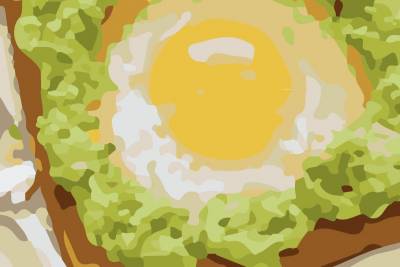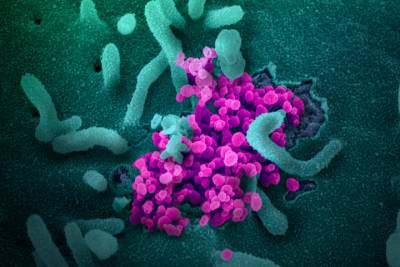Know About The Chemistry That Holds Us Together
Deepen your knowledge...
Review of Bonding and Intermolecular Forces
Bonds are sustained chemical connections between atoms. They hold sets of atoms together in predictable proportions or even precise numbers in order to create a myriad substances with diverse physical and chemical properties. The strongest bonds—covalent bonds—form discrete molecules that interact with one another through weaker intermolecular forces. It is this interplay between bonding and intermolecular forces that can be particularly challenging for high school students to grasp, and will be explored in-depth below.
Protein Background
Proteins are biomacromolecules that are complex in structure and function. They are an essential component of a balanced diet, a miracle molecule for food structure and texture, and the workhorses of much of our digestion and metabolism…among many other functions! We will study protein structure in terms of the bonds and different types of intermolecular forces that all contribute to a final, functional protein structure.
Nucleic Acid Background
Nucleic acids are the fundamental units of information transfer in biological systems. From bacteria to humans, hereditary information is passed from parent to offspring through deoxyribonucleic acids (DNA). Even viruses—whose status as living or non-living is still up for debate—communicate their replication instructions through DNA or ribonucleic acids (RNA). The structure of the DNA double helix has a famous history and a shape recognizable to people around the world. And while we don’t usually think about the nucleic acids in our food, all living things have it so we consume it all the time!
Carbohydrate Background
Carbohydrates are a class of molecules as diverse in structure as they are in function. While we may be familiar with the carbohydrate section of a nutrition label that quantifies starches, fibers, and sugars, we are becoming increasingly aware of more subtle differences between them — such as the distinction between glucose, fructose, and sucrose, which are highlighted in the debate about corn sugar, high-fructose corn syrup, and table sugar, respectively.
Beyond our dietary intake, carbohydrates play important roles in energy storage and metabolism as well as cell structure, cell-to-cell communication, and cellular-level defenses.
Lipid Background
Lipids are incredible. Defined based on the physical property of (in)solubility, lipids are naturally occurring compounds that are quintessential for life. In our cells, for example, lipids provide physical barriers, act as messengers, provide energy, and even help provide a mechanism for intracellular and extracellular transport. In addition, lipids can be quite tasty!











